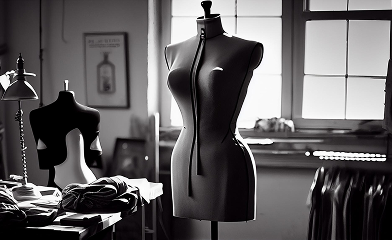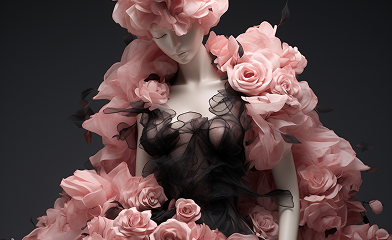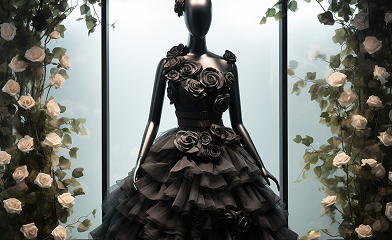Mannequins have long played a vital role in the design and display of clothing. The first mannequins date back to ancient Egypt, where simple wooden and stone busts were used to measure and shape garments.
In the Middle Ages, royal court tailors used wooden and cloth torsos that gradually approached more realistic human forms, laying the foundation for the modern mannequin.
But the mannequin’s greatest transformation came in the 19th century; with the dramatic growth of the fashion industry and the emergence of shop windows in the heart of Europe, especially France and England, mannequins found a new place. With a more feminine and realistic appearance, they became key elements of window displays and revolutionized the art of displaying clothes.
As the 20th century progressed and materials such as fiberglass and plastic advanced, the world of mannequins became significantly more diverse and sophisticated. No longer simply a tool for displaying clothing, mannequins became symbols of beauty, lifestyle, and brand identity.
Today, in the global fashion industry, mannequins go beyond stores and window displays; they play a vital and irreplaceable role in fashion shows, international exhibitions, and even the digital world in the form of 3D models, bringing new fashion trends to life.





